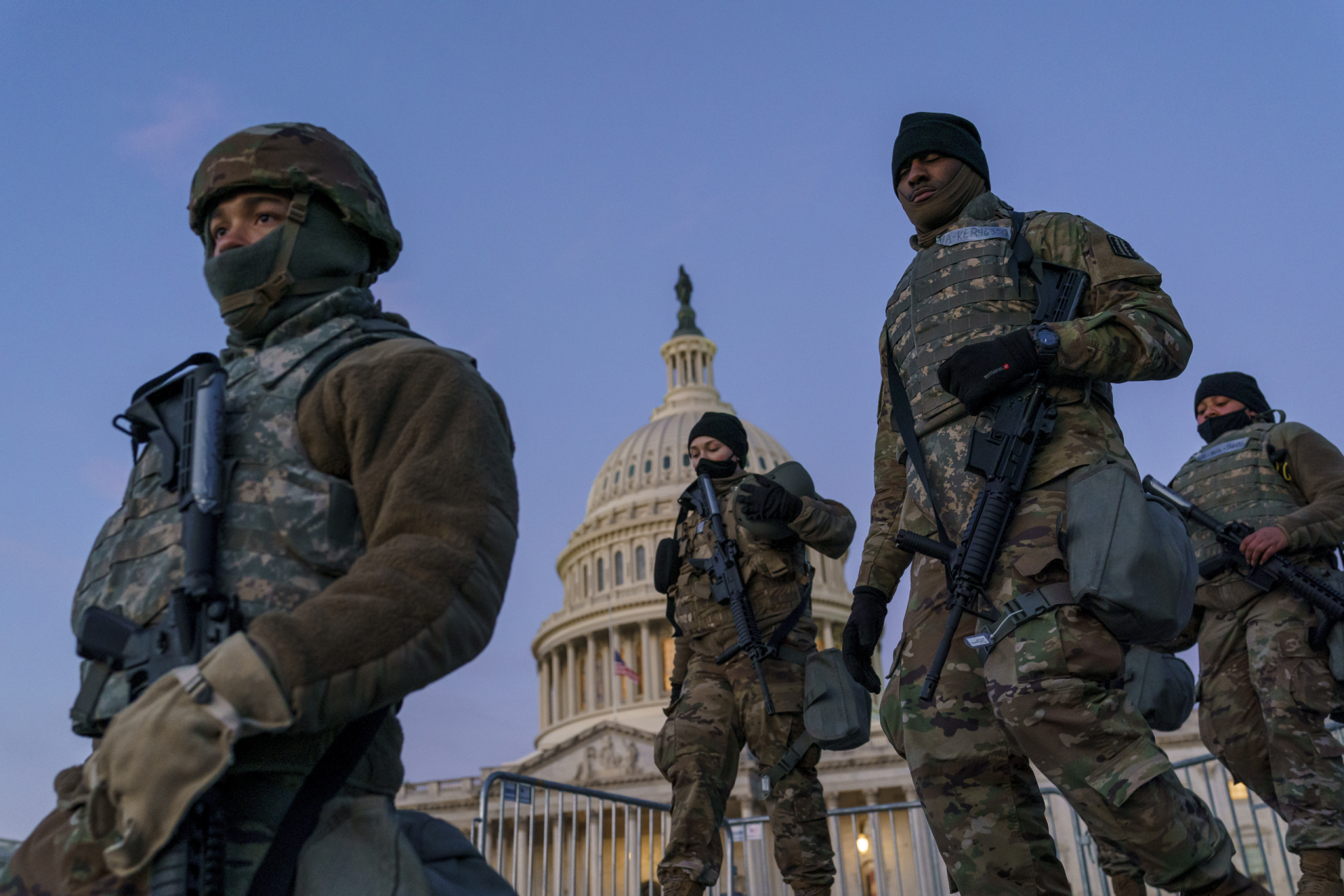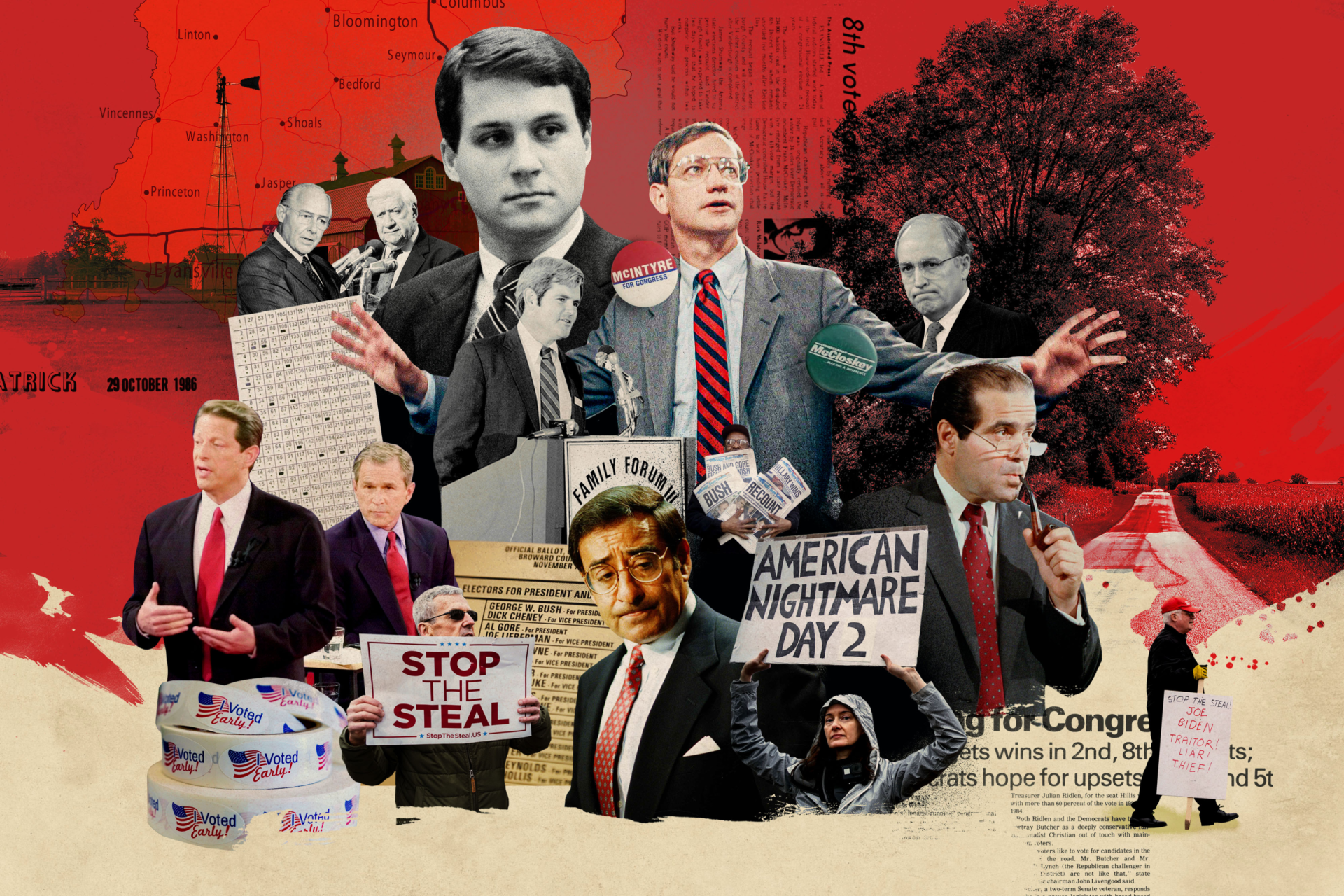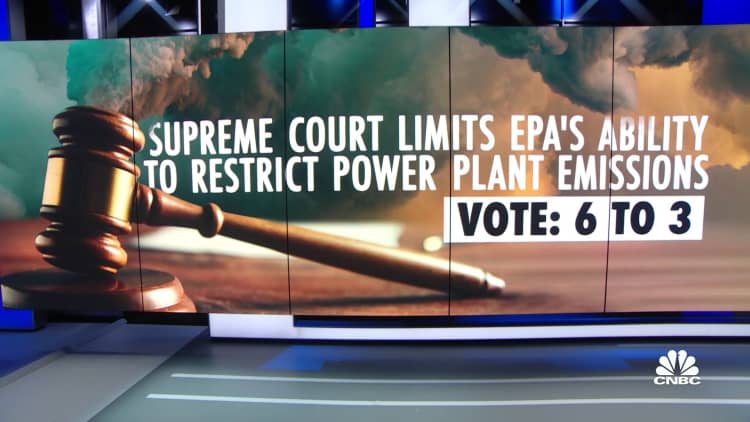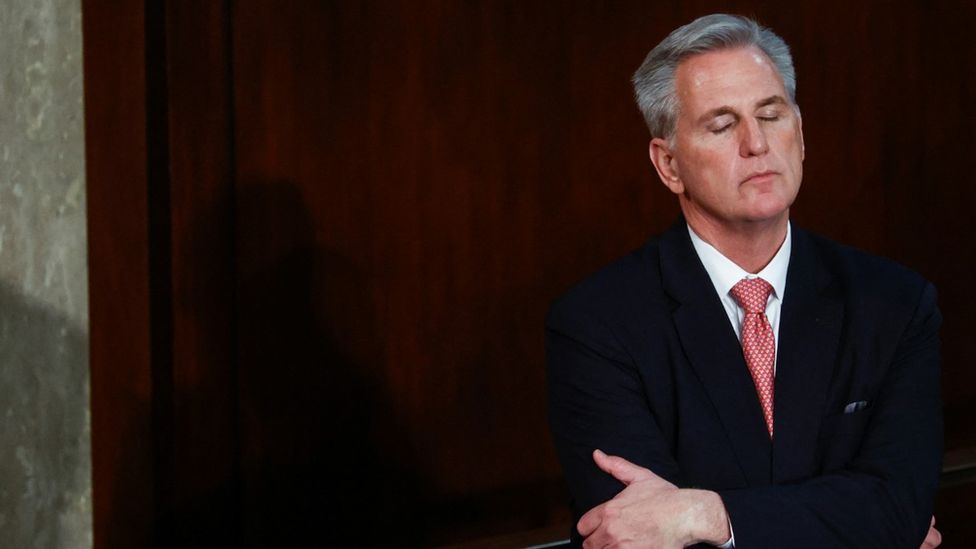To rewind a bit: The lack of a National Guard response on Jan. 6 is one of the major subjects of lingering finger-pointing two years after the insurrection. Was this Trump administration malfeasance? Poor law enforcement planning? Opinions vary, but the issue is front and center again with this week’s publication of Sund’s memoir, Courage Under Fire.
In the book, Sund is sharply critical of numerous figures he says were responsible for the failure to deploy federal resources to back up the outnumbered police as they battled the mob. He recounts meetings with congressional staffers in the days before the insurrection in which he was told that then-speaker Nancy Pelosi was “never going to go” for deploying the Guard, and meetings in the midst of the crisis when Pentagon brass said they didn’t want to take responsibility for the unprecedented spectacle of the military rushing the citadel of democracy.
“It was sickening,” Sund told me this week. “I’m sitting here watching my men and women fighting, you know, defend every inch of ground. … I get on the call with the Pentagon to find that they’re really [more] concerned about the look of having the National Guard up at the Capitol than they are about my men and women and their asses handed to them. That’s sickening.”
In the book, Sund ruefully notes that on Jan. 6, it took less time for the New Jersey State Police to deploy from the Garden State than it took for the guard to show up from an armory less than two miles down East Capitol Street.
Sund is one of the more controversial Jan. 6 law enforcement figures, the first person ousted over the day’s security failures, and someone who has come under vocal criticism from fellow cops like the injured Metropolitan Police Department Officer Michael Fanone, whose book beat Sund’s to market by three months. When I interviewed him last fall, Fanone scoffed at the idea of Sund writing a book at all. “The reality is that the United States Capitol Police as an agency was an absolute and utter fucking failure,” he said.
But John Falcicchio, the D.C. deputy mayor who sat in on the day’s panicked law enforcement conversations from the city police command center, says that Sund’s depiction of the unheeded calls for federal backup rings true.
“[D.C. Police] Chief [Robert] Contee kind of says, Hey, listen, guys. Let’s just get right down to it. Chief Sund, are you inviting the National Guard to come support the U.S. Capitol Police on the grounds of the Capitol? And there’s like a silent moment. Then he says yes. And literally, the Pentagon is the next voice heard. And they’re literally like, we’re not going to be able to fulfill that request.” The room deflated. “The Pentagon, in fairness, was saying: Listen, that visual of the National Guard charging up to the Capitol is one we don’t know that it’s the best one to portray.”
Whatever his intentions — and I’m not competent to litigate whether he was a goat or a scapegoat — Sund’s book draws an interesting connection, one that is worth pondering as the country looks forward: In his telling, there’s a direct connection between the decision making on Jan. 6 and something that had happened just a half-year earlier, when the Trump administration flooded the city with federalized law enforcement to counter the protests that followed the murder of George Floyd.
If the consensus about Jan. 6 is that there was an unconscionably weak federal response, the general opinion about the summer of 2020 is that there was a disgracefully excessive military presence when Donald Trump took his infamous walk across a freshly-cleared Lafayette Square in the company of the uniformed chairman of the Joint Chiefs of Staff.
From the aforementioned general — Mark H. Milley, who soon gave a full-throated apology for an appearance that “created the perception of the military involved in domestic politics” — on down, the photo-op was panned as a dangerous break from American traditions.
“When I joined the military, some 50 years ago, I swore an oath to support and defend the Constitution,” retired General and former Trump administration defense secretary James Mattis wrote in a statement at the time. “Never did I dream that troops taking that same oath would be ordered under any circumstance to violate the constitutional rights of their fellow citizens — much less to provide a bizarre photo-op for the elected commander-in-chief, with military leadership standing alongside.”
It’s less well remembered now, but the summer of protests was full of smaller-scale versions of this disagreement. D.C. Mayor Muriel Bowser remade her previously conflict-averse political reputation by clapping back at Trump’s threats to sic Secret Service dogs on protesters. As late as Jan. 5, Bowser was writing Trump’s acting attorney general to note that the city’s requests for assistance the next day did not mean there was any interest in a repeat of 2020, when “unidentifiable personnel — in many cases armed — caused confusion among residents and visitors.”
And of course, the New York Times’ decision on June 3, 2020, to run an op-ed by Sen. Tom Cotton headlined “Send In the Troops” famously led to a staff revolt and the ouster of the paper’s editorial page editor as the organization disavowed the column’s publication.
Sund’s book got advance attention ahead of its publication because of the former chief’s warning that the failures ahead of Jan. 6 could easily be repeated — in his view, the system that failed to pass along intelligence about far-right insurrectionists’ plans has not really changed. When we spoke this week, he went into wonky detail about the system for calling out the guard and other reinforcements, a cumbersome process that involved sign-offs from Pentagon brass as well as from the congressional leadership to whom the Capitol Police report. He thinks a single person should be put in charge of Capitol security.
The complicated reporting structure remains, he said, though the 2021 recommendations of a panel of security experts to make it easier for the chief to call in the Guard were instituted later that year. Still, Sund said, the chief’s call for backup can be overridden, and depends on there already being an emergency — something that wouldn’t make it any easier to pre-deploy in response to intelligence.
“It’s a no-win situation for a chief,” he told me.
In Washington’s local government, meanwhile, the issue connects to a perpetual sore point: D.C.’s lack of statehood. Anywhere else in the country, a governor could simply call out the Guard. But in the capital, it requires sign-off from the executive branch, which on Jan. 6 was occupied by the administration whose admirers were behind the disturbance. In pushing for statehood, the locals would like to change that arrangement.
All of this process stuff makes sense as far as it goes. But as with so much else about permanent Washington’s perennial hope of a return to normal after the chaos of 2020, it doesn’t factor in the reality of what America is in 2023: a country where the kinds of crises that lead to calls for the National Guard are likely to have a partisan overlay.
That’s an enormous change. Beyond hurricanes and other natural disasters, there’s a long history of federal backup being brought in to deal with things that were in some sense enormously political: civil disturbances like the 1968 riots that burned swathes of D.C., standoffs like the eviction of the Bonus Army of jobless World War I veterans that marched on the capital in 1932. Further afield, federalized Guard units enforced desegregation rulings during civil rights-era standoffs like the one in Little Rock.
But in none of those cases was it about the results of an election pitting one party against another, as on Jan. 6, or even about an issue that tracked as closely with party as did the protests in the summer of 2020, by which point opinions on the civil rights issues of the day had — unlike in the era of Little Rock — sundered along partisan lines. Especially after the spectacle of Lafayette Square, can you blame the brass for not wanting to get involved on their own?
It’s healthy, in a free country, to feel uncomfortable about having armed forces sort out partisan battles. But it’s dangerous to not police political lawlessness because the authorities are afraid they’ll be dragged by the insurrectionists’ elected admirers.
Which is why Sund’s preferred solution, that deployment decisions somehow be yanked away from politics, isn’t going to cut it. All the procedural improvements in the world won’t change the fact that political timidity will hamper any fight against insurrection. Ending the partisan divide over insurrectionism would be the best way out of danger. But if that’s not possible, ending the timidity about fighting it would help, too.











